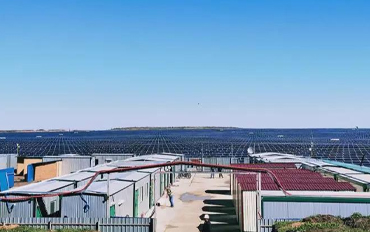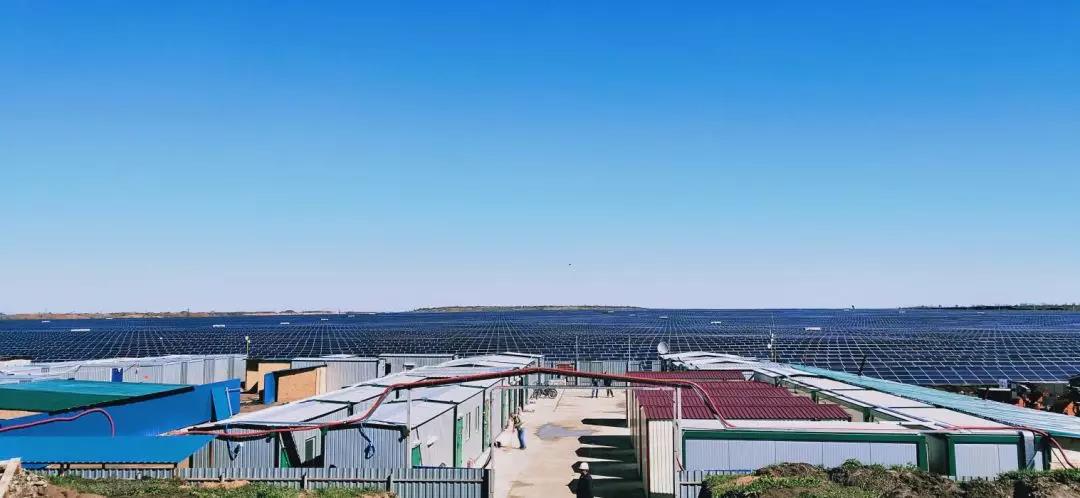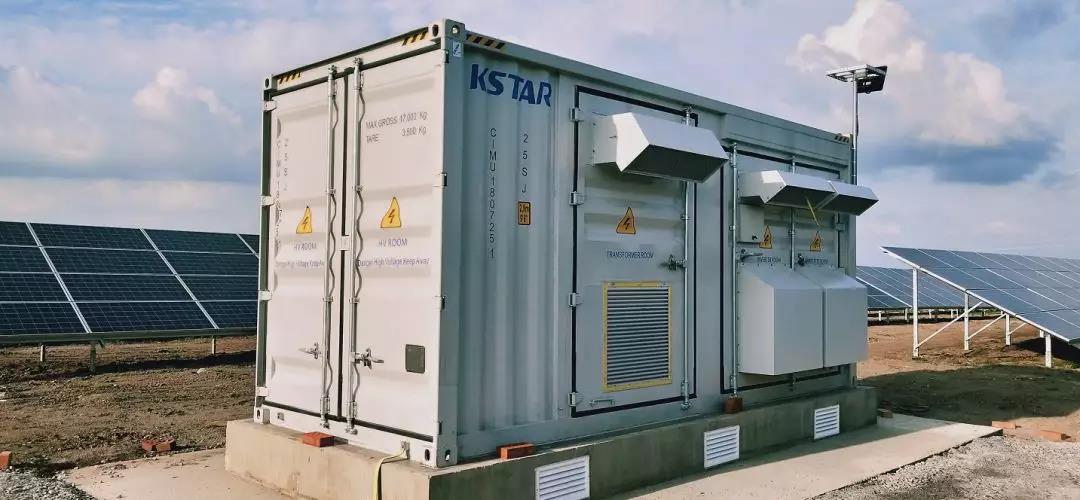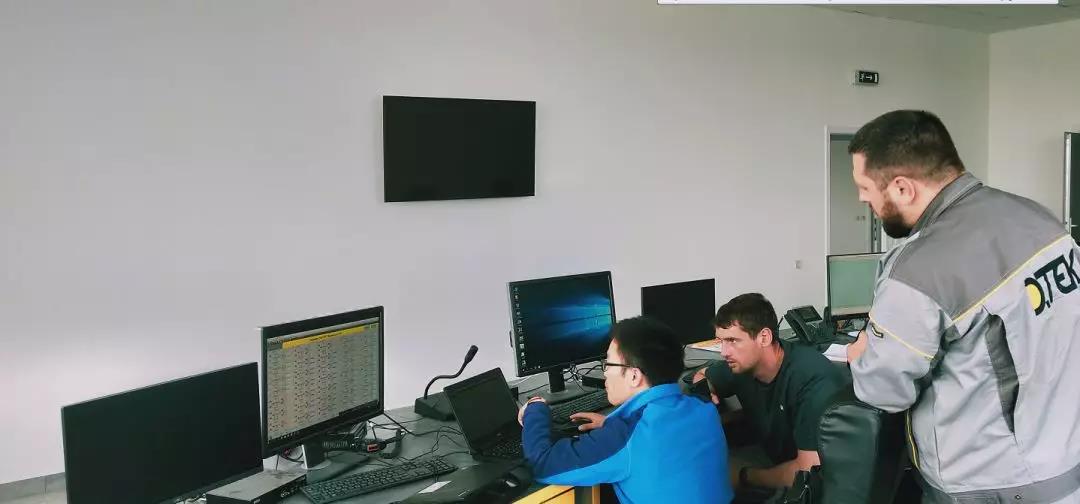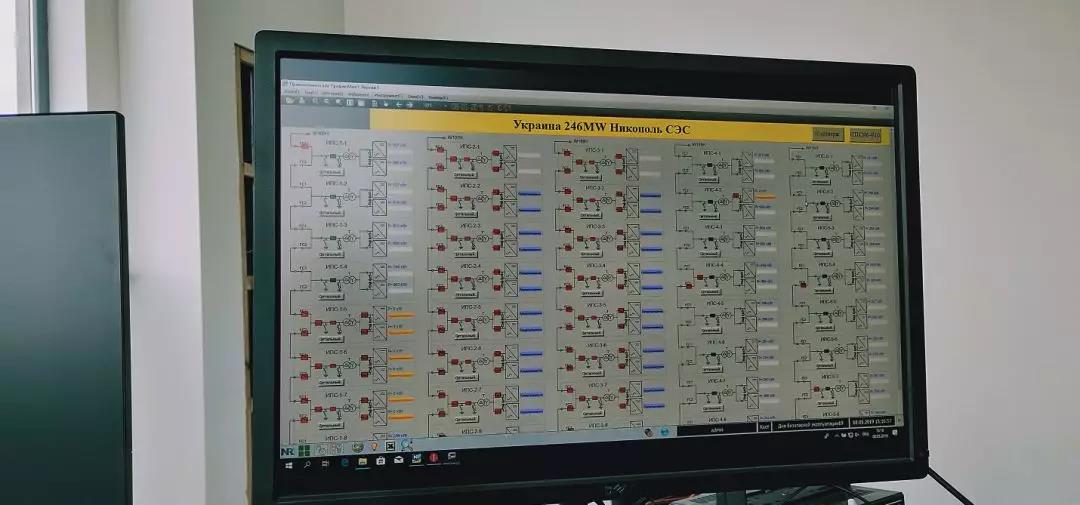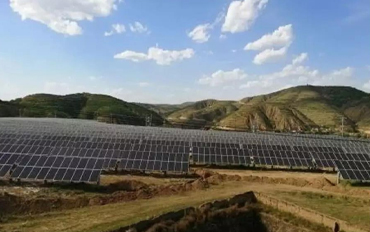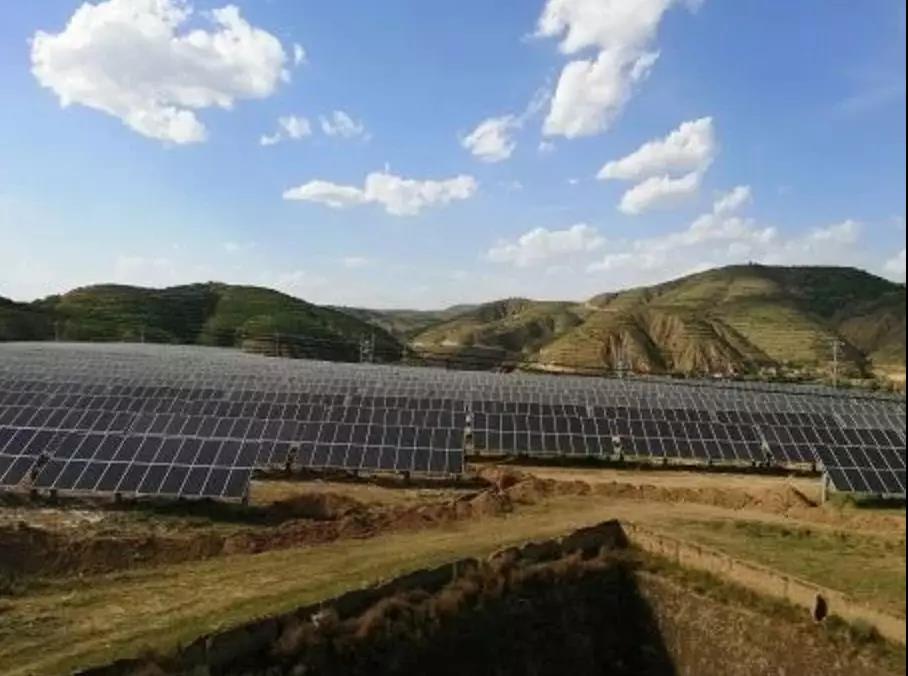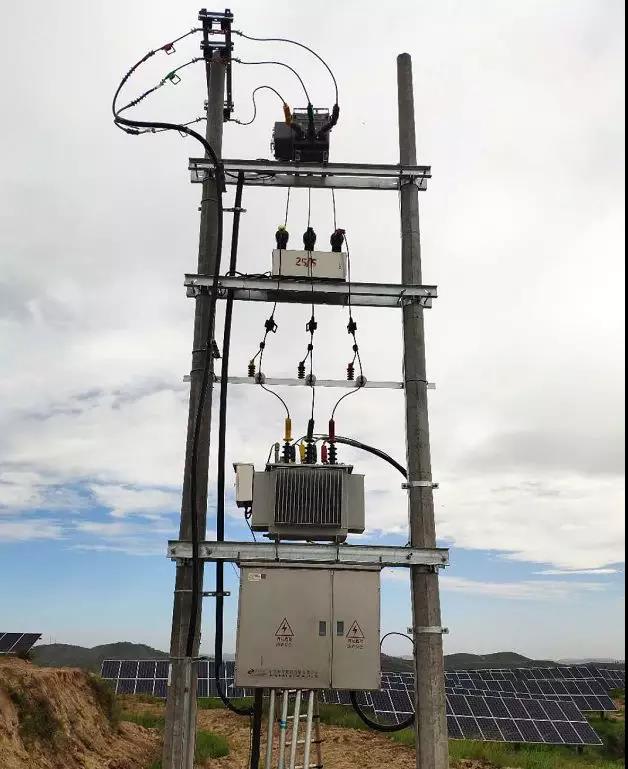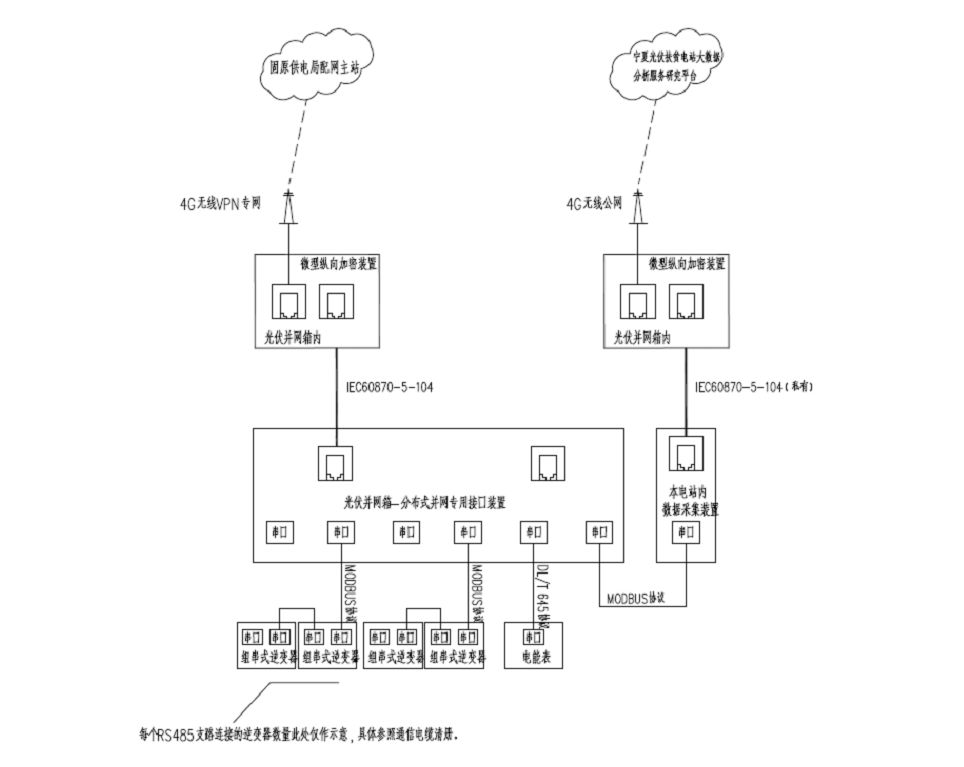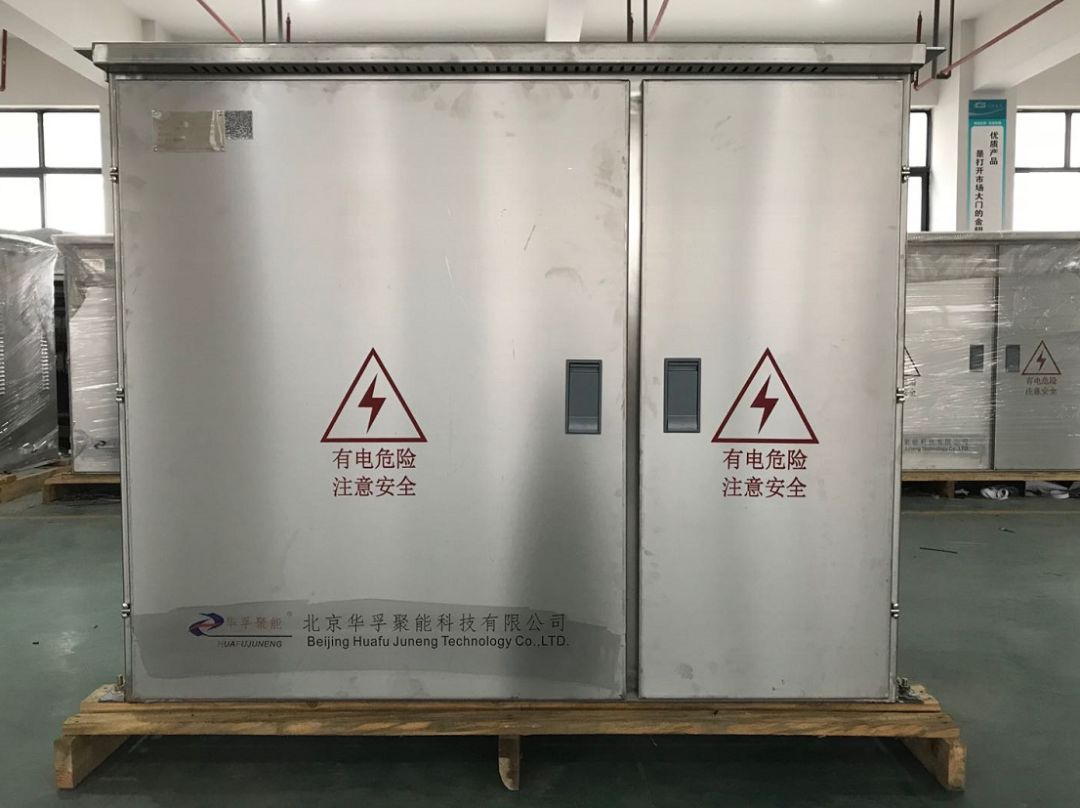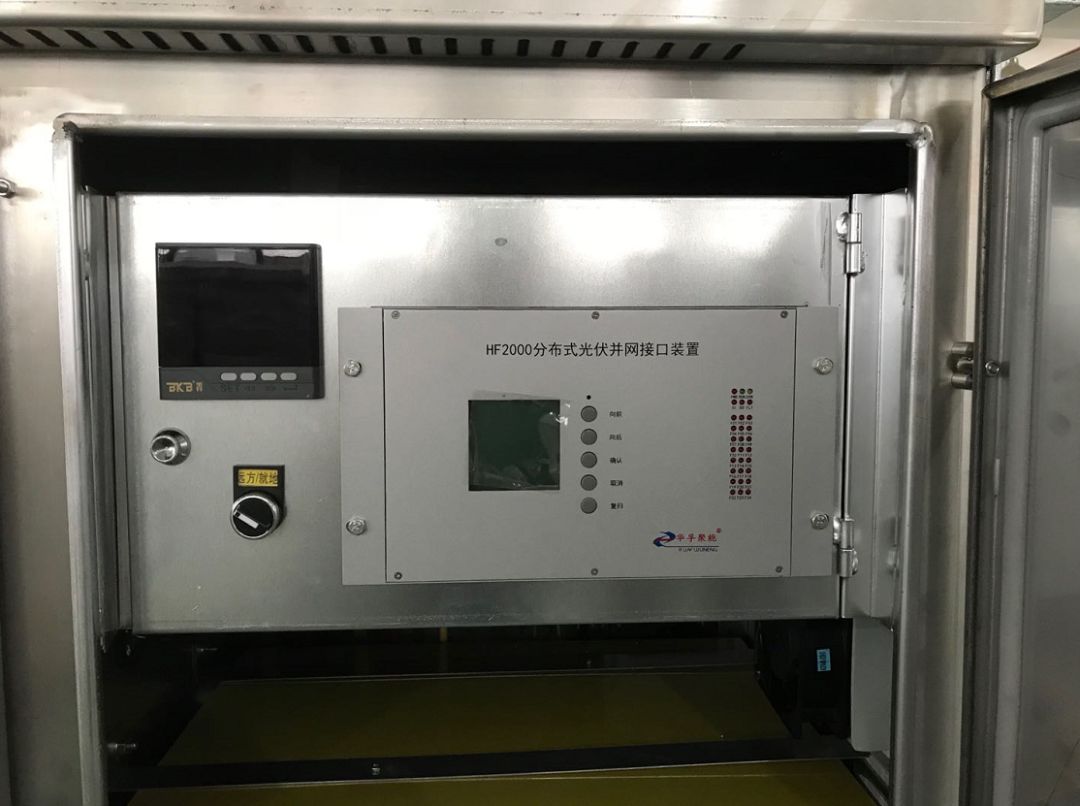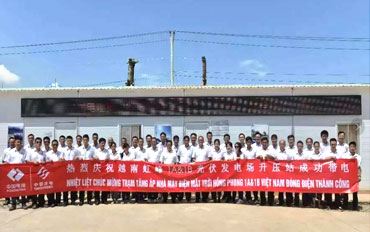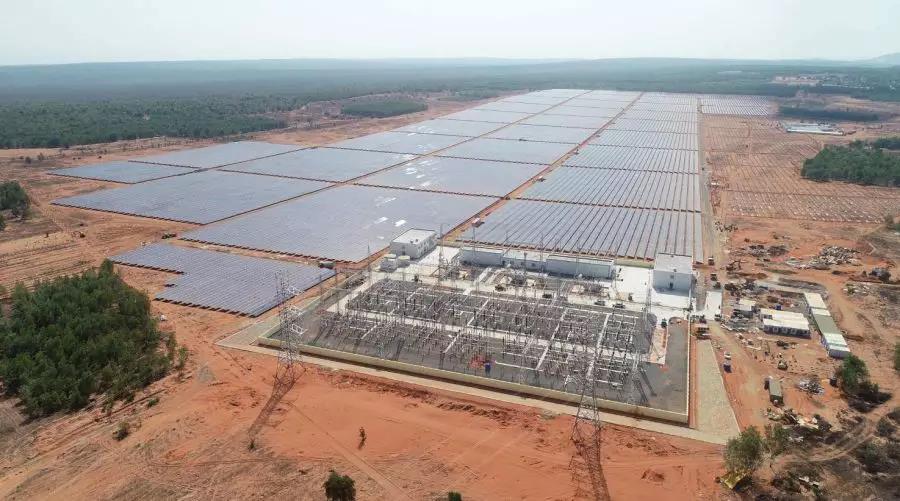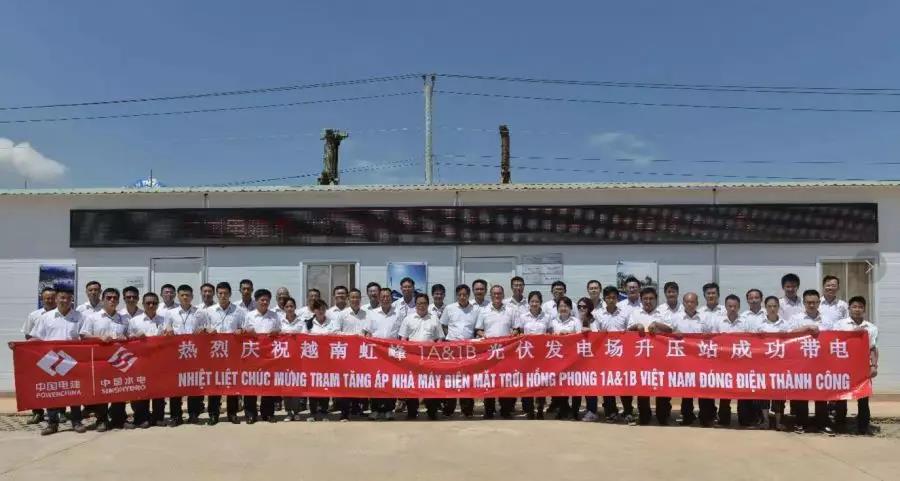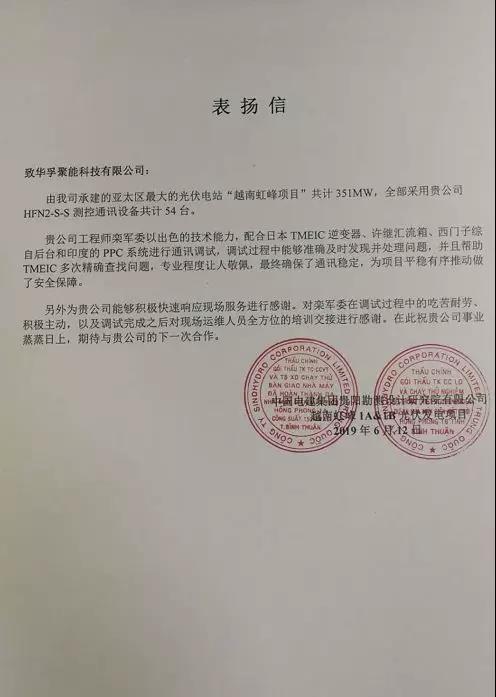Entering the fourth quarter, capacity reduction has entered a critical period. From the central to the local level, heavy policies have continued to increase. Policy measures such as the implementation plan for the disposal of zombie companies jointly formulated by the National Development and Reform Commission and the Ministry of Industry and Information Technology, the disposal of zombie companies formulated by the State-owned Assets Supervision and Administration Commission, and the debt-to-equity swap program are expected to be introduced one after another. Local governments have also clarified and implemented specific enterprise-specific plans to resolve excess capacity. At the same time, as a number of central enterprises such as Wuhan Iron and Steel, Poly and other state-owned enterprises have made clear the production capacity reduction targets, central enterprises have accelerated their mergers and reorganizations and reduced production capacity. Industry insiders believe that, in accordance with the plan of the Development and Reform Commission, October and November will usher in the peak period of capacity reduction, but with the increase in the volume and price of coal and steel, the task of capacity reduction will be more difficult.
Many central enterprises have clear goals
Driven by the two-wheel drive of supply-side reforms and state-owned enterprise reforms, the reduction of production capacity by central enterprises has entered a "landing period."
The relevant person in charge of the WISCO Group stated that in the future, the WISCO Group plans to actively withdraw its ironmaking capacity of 3.19 million tons and steelmaking capacity of 4.42 million tons on the basis of eliminating outdated production capacity. At the same time, speed up "slimming and fitness", vigorously promote flat management, clean up and dispose of "zombie enterprises", and resolutely stop "bleeding spots."
The relevant person in charge of Sinosteel said that it will accelerate the orderly exit of the domestic ferroalloy industry and carbon industry, reduce the scale of low-end products; limit production and control losses and reduce losses, ensure stable business operations, and promote the disposal of "zombie enterprises" in an orderly manner.
Poly Group proposed to resolutely implement the national coal industry's capacity reduction policy, shut down inefficient and ineffective mines, and achieve strategic exit as soon as possible. It will take three years to complete the reorganization, integration and exit of 39 zombie companies to ensure that losses are reduced by more than 50%.
China Southern Power Grid stated that the core of "de-capacity" on the grid side is to resolutely control and reduce ineffective and inefficient investments from the source. The key to “de-capacity” on the consumer side is to give full play to the role of electricity prices and market guidance to promote the elimination of backward production capacity. Strictly implement the high energy consumption differential and punitive electricity price policy, and resolutely resist illegal electricity price discounts. Strictly implement the relevant measures of the State Council on the immediate power-off of power plants withdrawn from production capacity such as steel and coal. Actively accept the power supply infrastructure of the "three supplies and one industry" of heavy-duty state-owned enterprises.
Huaneng Group stated that by the end of 2018, it will withdraw its coal production capacity of 9.14 million tons per year, and dispose of 16 “zombie enterprises” and 4 extremely poor enterprises. During the "13th Five-Year Plan" period, 6.47 million kilowatts of coal-fired power units were shut down and decommissioned.
Huadian Group stated that it should start from the source, comprehensively sort out the preliminary projects, and resolutely abandon those projects that are not in line with the national industrial development direction, the profit expectations are uncertain, and the competitiveness is not strong. It should be slowed down and stopped. We must do a good job in making loss-making companies turn losses and increase profits, clean up zombie companies, eliminate outdated production capacity, strictly control liabilities, prevent operational risks, and ensure the sustained and healthy development of enterprises.
De-capacity hits a combination punch
Since August, efforts by the central and local governments to reduce production capacity have increased significantly. The overall plan for disposing of "zombie companies" jointly formulated by the National Development and Reform Commission and the Ministry of Industry and Information Technology, the disposition plan for zombie companies formulated by the State-owned Assets Supervision and Administration Commission, and the debt-to-equity swap plan are expected to be released in the fourth quarter, paving the way for the successful completion of capacity reduction targets.
On September 29, the National Development and Reform Commission notified that as of the end of August, relevant regions had issued notices for rectification within a specified period of time to 59 steel companies and 26 coal companies that were found to have substandard energy consumption and other illegal energy use companies.
The National Development and Reform Commission has recently repeatedly emphasized that it is necessary to ensure the smooth completion of the 2016 capacity reduction target. The National Development and Reform Commission requires that all regions must advance their tasks and strive to fully complete the annual coal production capacity reduction task by the end of November. Central enterprises and provincial state-owned coal enterprises must strive to complete the task in early November.
China's state-owned enterprise structural adjustment fund with a total scale of 350 billion yuan was recently established. Previously, the central government arranged 100 billion yuan of industrial structure adjustment funds, focusing on the placement of employees in the process of reducing capacity in the steel and coal industries, covering the completion of the entire task of reducing capacity in steel and coal. At present, 30.7 billion yuan in special awards and subsidies has been allocated to localities and enterprises, and another 20% of follow-up awards and subsidies have been funded.
Chi Jingdong, vice president of the China Iron and Steel Association, recently stated in the "Economic Monthly Talks" hosted by the China International Economic Exchange Center that in accordance with the "Guiding Opinions on Promoting the Merger and Reorganization of the Iron and Steel Industry to Dispose of Zombie Enterprises" issued by the State Council, the merger and reorganization of the steel industry From now to 2025, there will be three steps: the first step is to reduce production capacity by 2018, and the clearing out; the second step is to improve the merger and reorganization policy from 2018 to 2020; third The next step is from 2020 to 2025 to promote the merger and reorganization of the steel industry on a large scale.
The progress of local capacity reduction is also accelerating. At present, 26 provinces have announced specific plans for companies to resolve excess capacity. At the same time, various localities have successively introduced supporting measures to reduce steel production capacity to accelerate the process of clearing excess capacity. The financial departments of Anhui, Shandong, Hebei and other places issued detailed rules for the management of local special bonus funds to further regulate the management and use of special bonus funds.
Fortune Securities believes that, from the perspective of the announced plans for reducing production capacity in various provinces and cities, the total target scale significantly exceeds the national total plan for reducing production capacity for coal and steel. If the task of reducing overcapacity this year is implemented as scheduled, October and November will usher in the peak period of overcapacity. In the fourth quarter, overcapacity reduction faces greater resistance. First, maintaining growth will become the top priority; second, the remaining overcapacity targets are mostly "hard bones", and third, price rebounds are likely to cause repetition.
Price fluctuations do not change determination
The pressure of rising steel and coal prices that accompany the production control limit cannot be ignored. In response to the current situation of excessively rising coal prices, the National Development and Reform Commission, the Bureau of Energy, the Bureau of Coal Supervision, and the Coal Industry Association have formulated plans to stabilize coal supply and restrain coal prices from rising too quickly. In early September, combined with changes in the market situation, the secondary response of the plan was launched, releasing approximately 300,000 tons of production capacity per day. Recently, it has increased its efforts to initiate a first-level response, which can release 500,000 tons of production capacity per day.
The National Development and Reform Commission has repeatedly emphasized in recent times that the trend of coal overcapacity and oversupply has not fundamentally changed. Not only is confidence in the reduction of coal production capacity and production control unshakable, but the intensity cannot be weakened. In the future, all regions and departments must unswervingly reduce production capacity, and cannot let price fluctuations shake their determination to reduce production capacity. In response to the new conditions and changes in the current coal market, appropriate fine-tuning policies will be adopted to try to balance the interests of coal production, transportation and circulation and users to achieve healthy development.
Market analysis believes that due to the limited production of coal mines, the supply of coal resources continues to be tight, coupled with the advent of the heating season, coal demand will further rise. According to the policy arrangement, the coal industry will also usher in a concentrated period of capacity closure in the next few months, and the tight supply in the coal market will be difficult to reverse in the short term. The fourth quarter is a critical period for overcapacity reduction. If we blindly increase production, it may affect the effect of overcapacity reduction. However, if coal prices continue to rise, it will also attract some loss-making companies with outdated production capacity to come back, causing market chaos. Therefore, it is necessary to find a balance between capacity reduction and coal price fluctuations, to keep prices at a reasonable level, and to prevent major fluctuations in the short term. All parties in the market, especially relevant government authorities, should pay close attention to changes in the coal market. On the one hand, they should follow up and analyze the trend of changes in market demand in a timely manner to avoid passively introducing policies to loosen supply when supply and demand have reversed. Affect the implementation effect of the policy; on the other hand, it is necessary to combine the reduction of production capacity with the adjustment of the industrial structure, increase supervision and prevent backward production capacity from resurgence in the rise of coal prices.
Anbang think tank research team believes that although real estate investment in various regions has accelerated the demand for steel and coal, overall, it is unlikely to enter a new round of economic prosperity in the future. The demand for coal and steel will not increase significantly, so the country We should do a good job of regulation, we still need to vigorously eliminate and reduce backward production capacity, and do a good job in implementation. With the rebound of market prices, the level of corporate profitability has increased, which has actually created conditions for companies to alleviate the impact of capacity reduction. Local governments can consider how to actively use this opportunity to increase capacity reduction efforts.












